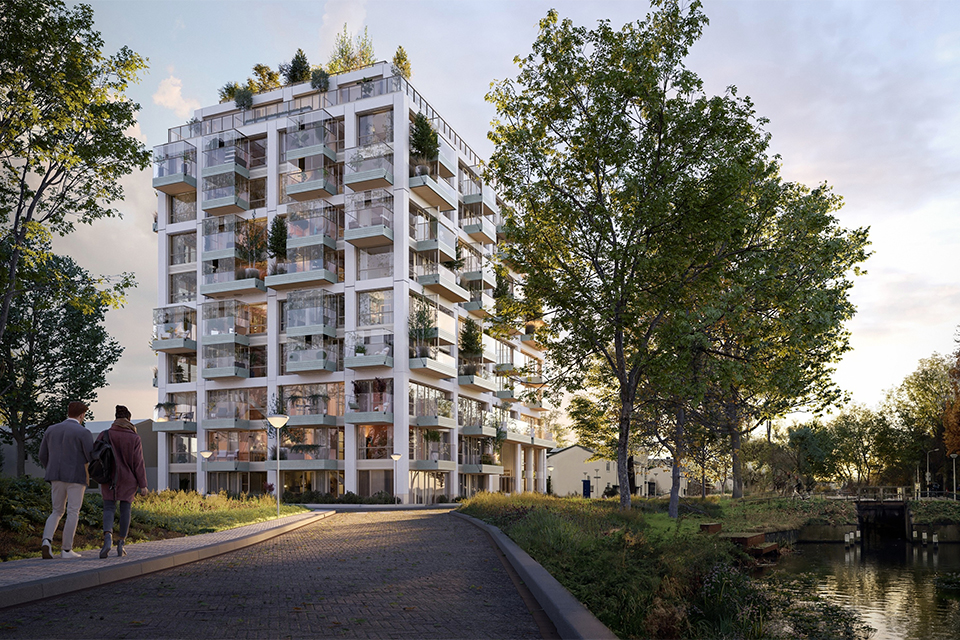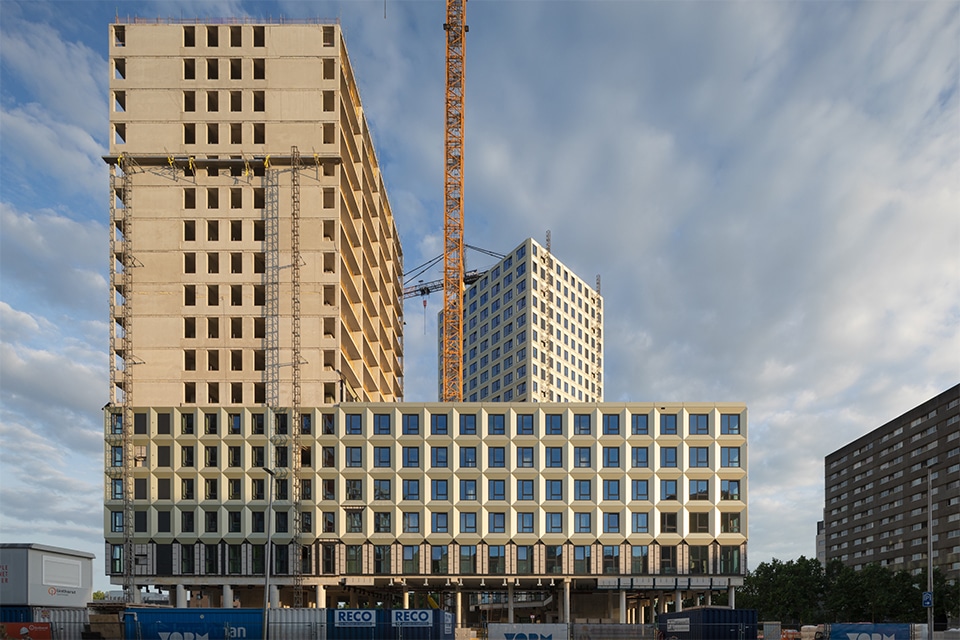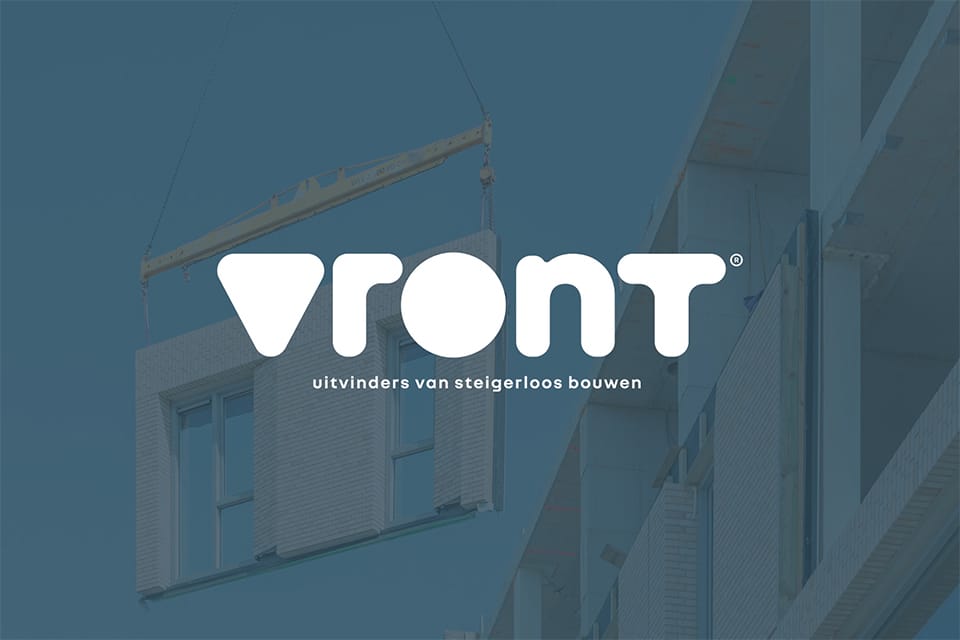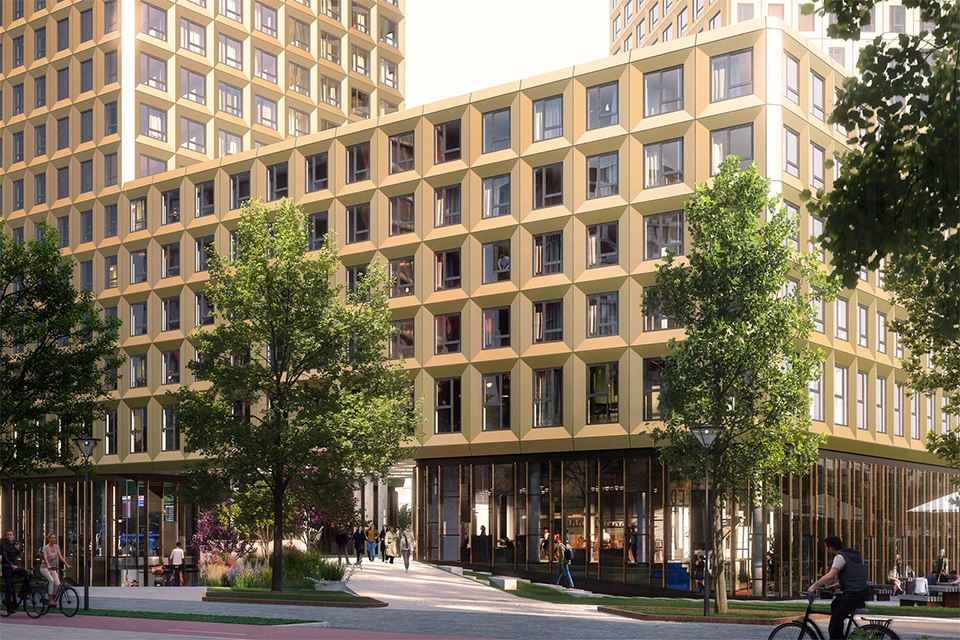
Construction University Library Amsterdam is iconic
Additional aggravation structures still make plans feasible
The construction of the new library of the University of Amsterdam (UvA) is certainly multifaceted. Restoration, renovation, new construction and spectacular glass work: everything passes by. The project is also large and unique. But Amsterdam gets something in return. A 21st century library cum inspiring meeting place for studying, researching and working.
The starting point for the construction of the university library was a monumental building in the heart of Amsterdam. The plan was a new basement, a restored section, a new building section and a covered atrium. Implementation began in the summer of 2021, followed by a series of surprises.

Mitigation structures
The existing buildings proved too unstable, especially if a steel roof was also to be placed on top of them. "No matter how well the work was prepared, we could not have foreseen this," says André Guis, Director of Construction at BINX Smartility and project director. This was followed by the design of an aggravating structure, coupled with a lot of calculation work, new calculations for the openings to serve the new installations and steel frames around those openings. "It took us a year," he says.
A watertight atrium
The design for the steel frame to be mounted above the atrium was ready. Yet even here much engineering proved necessary, particularly for waterproofing and absorbing horizontal wind loads. "The frame has sloping ribs and a dimple in the central point," says Guis. "That raised our concerns. So we tested several nodes by pushing large amounts of water through the gutters between the glass panels under high pressure. Now we know for sure that UvA can rest assured about the watertightness of this complex roof construction."

Shift completion date
Additional engineering and construction activities turned the original schedule upside down. The expected completion date was pushed back by a year, but now everything is on schedule. The restoration work on the facades has been completed, the scaffolding, which hid the monument from view for two years, has been taken down, and the shell of the new building is almost complete. What remains now is the cladding of the new building with the letter composition, the façade finishing of the new building and the aluminum cladding for the inside of the atrium. This, too, is being engineered to the millimeter and produced by plate. "It has to be right the first time; adjusting on the job is not an option here. So we are facing another challenging year."
Letter composition in composite
The design for the letter composition was created by the architect and the production came about with a 3D printer filled with a composite. BINX assembles the steel structure, from which the final result can later be hung. Guis: "The delay at the beginning had a big impact. However, this does not alter the fact that we are now the proud builder and installer of an iconic project. The challenges are overwhelming and the complexity is impressive, but it is precisely to a project like this that you want to attach your name, isn't it?"
- Client University of Amsterdam
- Architects Bureau van Sticht Amsterdam (restoration and monumental designs) and MVSA, Amsterdam (other designs)
- Integral construction and installation company BINX Smartility, Groenlo



